Finding the Perfect Balance for Stunning Visuals and Gameplay
In the world of game development, two distinct disciplines—art and code—collide to create immersive gaming experiences. While stunning visuals draw players in, engaging gameplay keeps them hooked. Striking the perfect balance between art and code is essential for crafting games that captivate audiences and stand out in a crowded market. In this blog post, we’ll explore the dynamic relationship between art and code in game development and discuss strategies for finding the ideal balance between the two.
The Role of Art in Game Development
Art is the visual language of gaming, responsible for creating the worlds, characters, and atmospheres that players inhabit. From concept art and character design to environmental modeling and animation, art sets the aesthetic tone of a game and shapes players’ first impressions. Stunning visuals can draw players in, evoke emotions, and immerse them in the game world, making art a crucial component of successful game design.
The Importance of Code in Game Development
While art may capture players’ attention, it’s the underlying code that brings a game to life. Code governs the rules, mechanics, and interactions that define gameplay, shaping the player experience from moment to moment. Whether it’s implementing AI behavior, designing physics systems, or optimizing performance, code is the backbone of game development, responsible for turning creative visions into interactive experiences.
Striking the Right Balance
Finding the perfect balance between art and code is essential for creating games that excel both visually and mechanically. Too much focus on art at the expense of code can result in beautiful but shallow experiences lacking in depth and substance. Conversely, an overemphasis on code may lead to mechanically sound but visually unappealing games that fail to capture players’ imaginations.
Collaboration and Communication
Effective collaboration between artists and programmers is key to striking the right balance between art and code. By fostering open communication and collaboration between teams, developers can ensure that artistic vision aligns with technical feasibility and gameplay requirements. Regular feedback sessions, brainstorming meetings, and cross-disciplinary collaboration can help bridge the gap between art and code, leading to more cohesive and harmonious game experiences.
Iterative Design Process
The iterative design process is essential for finding the perfect balance between art and code. By continuously iterating on prototypes, soliciting feedback from players, and refining both artistic and technical elements, developers can gradually refine their vision and identify the optimal balance between visuals and gameplay. Embracing an iterative approach allows developers to experiment with different art styles, gameplay mechanics, and technical implementations until they find the perfect combination that resonates with players.
Player-Centric Design
Ultimately, the most successful games are those that prioritize the player experience above all else. Whether it’s stunning visuals that evoke a sense of wonder and awe or engaging gameplay that keeps players coming back for more, player-centric design should always guide artistic and technical decisions. By putting players at the center of the creative process, developers can ensure that their games strike the perfect balance between art and code, delivering unforgettable experiences that resonate with audiences.
Conclusion
Finding the perfect balance between art and code is essential for creating stunning visuals and engaging gameplay in game development. By fostering collaboration and communication between artists and programmers, embracing an iterative design process, and prioritizing player-centric design, developers can strike the ideal balance between art and code, creating games that captivate players and stand the test of time. With the right balance, games can achieve a harmonious blend of visual beauty and mechanical depth, elevating the medium of gaming to new heights of creativity and innovation.


